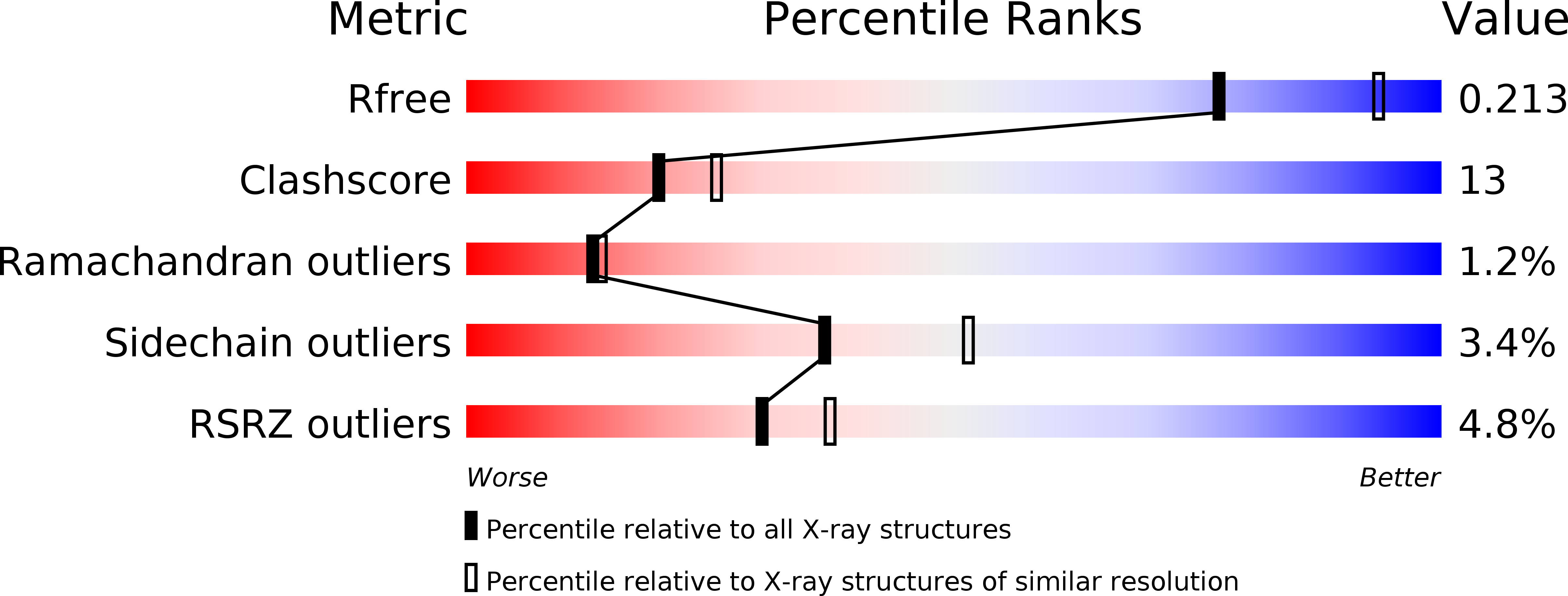
Deposition Date
2012-01-10
Release Date
2012-12-19
Last Version Date
2024-11-20
Entry Detail
PDB ID:
4D8M
Keywords:
Title:
Crystal structure of Bacillus thuringiensis Cry5B nematocidal toxin
Biological Source:
Source Organism:
Bacillus thuringiensis (Taxon ID: 1428)
Host Organism:
Method Details:
Experimental Method:
Resolution:
2.30 Å
R-Value Free:
0.21
R-Value Work:
0.17
R-Value Observed:
0.17
Space Group:
P 63


